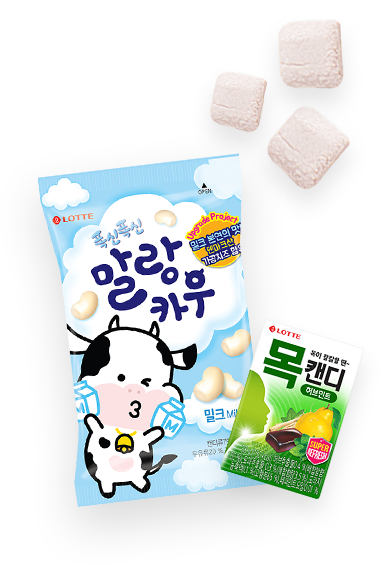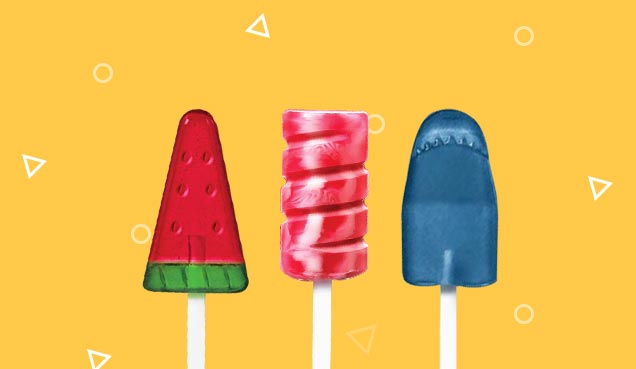When did we start to
eat candy?
-

Candy comes from "can," Latin for sugar, and "dy," something poured into a mold and set into a shape.
Candy is therefore a "snack made by pouring sugar into a mold and letting it cool into shape." Humans have enjoyed candy since ancient times. According to the historical record, the ancient Egyptians around 2,000 BCE already enjoyed figs, dates, nuts and spices in hardened honey. In Egypt, Arabia, and China as well, ancient people ate candies made with sugar and fruits or beans. In present-day China in the year 530 BCE, juice from sugar cane imported from India was heated, dried and purified into sugar powder. The Arabs later imported the sugar cane from Asia and began production of their own powdered sugar. To this they added a substance obtained from the sap of the acacia tree, producing what was called a lozenge. This was the first candy. Production of candy in volume began in the mid-14th century when sugar was introduced to the European port of Venice. By the 16th century, confectioners had learned to pour molten sugar, nuts and berries, etc. into molds to produce endless varieties of candies and sugary snacks. Until this time, all candies were handmade, but in the late 18th century the first-ever candy manufacturing machine was invented, opening the way for industrial production. Today, with the abundance of sugar and other ingredients for candy, as well as advanced production techniques, we enjoy an even greater variety of candies.
What types of candies
are there?
There are upwards of 2,000 varieties of candy, made with countless ingredients (sugar, syrup, dairy products, bee honey, glucose and fruits to name a few), and equally as many different methods.
1. Candies categorized by processing temperature
-
Hot (140 to 150 degrees Celsius)
Hot candies are made by boiling sugar, syrup and other ingredients up to around 140 to 150°C. Examples include bonbon fondants, drops and taffies.
-
Cold (110 to 130 degrees Celsius)
These candies are processed at 110 to 130°C, relatively lower than the ‘hot’ candies. Examples include caramels, fondants, nougat, jellies and marshmallows.
-
Unheated candies
These candies are made using powdered sugar, sugar, syrup and other ingredients.

White Day - a day for candy and couples

Together with Valentine's Day, White Day (March 14th) is a special day for couples in love. It's customary on White Day for men to tell their secret crush how they feel, giving a gift of candy. When did the White Day tradition begin? It’s generally thought to be a Japanese invention. According to one theory, it was cooked up by a Japanese confectionery company, and according to another, it was part of a 1965 campaign by a Japanese marshmallow company.

Yet another theory suggests White Day came from Russia,
specially the city
of Khabarovsk.
Khabarovsk is a city bordering the Sea of Okhotsk at the eastern end of Russia. The city
sees bitter cold in the winter, and people will stay at home all winter and only emerge in
March. The Spring ‘Awakening’ Festival coincides with the coming of spring. But the Siberian
winter cold is far from over even in March, and one day, a young man making his way over to a
home to take part in the Awakening festivities ended up freezing to death in the bitter cold.
He died for lack of a bottle of vodka, the people thought, and the custom of exchanging
bottles of vodkAt the spring festival was born. This custom came to be known as White Day,
apparently. The ‘white’ is from the transparent whiteness of a vodka bottle.
But how is it they started giving candy instead? That’s easy.
Sweetness
has been humanity’s favorite flavor throughout history.
Plus, sweetness is symbolic of the sweet, sweet love that lovers harbor for each other.
It’s only natural to exchange sweets on a lover’s day like White Day.
